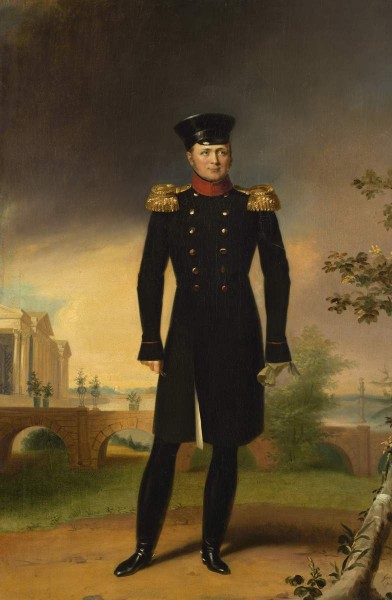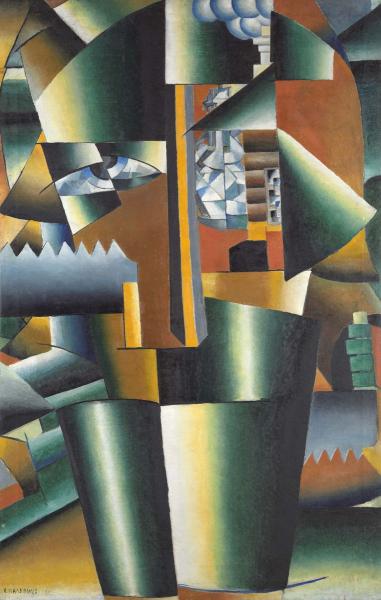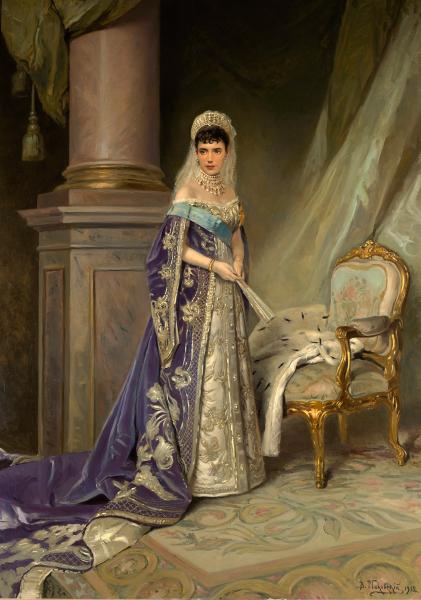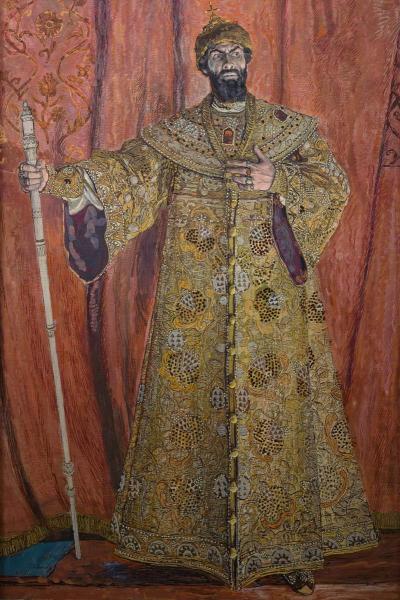The artist is a preschool educational institution

Alexander I (blessed; 1777-1825) – eldest son of Emperor Paul I and Empress Maria Fedorovna, nee Princess Württemberg. Brought up by grandmother Catherine II in the spirit of the philosophy of enlightenment. He joined the throne in 1801 after the murder of his father by a group of conspirators. The main goal of its initial domestic policy was the equation of estates in rights and the destruction of serfdom. In the implementation of the goals set in the early years, he relied on an unspoken (or intimate) committee, consisting of friends of youth, like -minded people, adherents of constitutional forms of government. A number of decrees were adopted that laid the beginning of the liquidation of serfdom. The “Regulations on the construction of educational institutions” (1803) approved three new principles: the undoing of education, the free learning at the lower steps and the continuity of the curriculum. Five universities were founded, three lyceums, including Tsarskoye Selo. Gymnasium, district schools and parish schools began to work in the provinces, counties and villages.
After the Patriotic War of 1812 and the foreign campaign of the Russian army, he had a huge international authority. At the Vienna Congress (1814-1815) initiated the creation of the Holy Union of European monarchs (1815), which himself headed. In addition to success in the fight against Napoleonic France, he won a number of victories in wars with Persia (1804-1813), Turkey (1806-1812) and Sweden (1808), as a result of which East Georgia (1801), Finland (1801) were annexed (1801) 1809), Bessarabia (1812), Azerbaijan (1813).
Portrait Gallery of the Russian Museum. Persons of Russia. SPb. 2012. With. eighteen.
Depicted in a vitzmund. Repeatedly repeated and copied.


